With a history of about 5,000 years, despite a turbulent history, Korea is currently one of the leading countries in the field of preserving and promoting the value of cultural heritage.
This is also a country that has built its brand, turning cultural heritage into an important part of the tourism industry, using cultural heritage to create highlights, increase attractiveness and satisfaction of tourists.
The appeal of cultural heritage tourism
Korea currently has 14 UNESCO-recognized world heritage sites, some of which attract tens of thousands of tourists each year, such as: Changdeokgung Palace; Hwaseong Fortress; Gochang, Hwasun and Ganghwa Dolmen Sites; Gyeongju Historic Area; Joseon Dynasty Tombs; Hahoe and Yangdong Historical Villages; Jeju Volcanic Island...
These relics not only have architectural value but also contain many cultural and historical values. Organizing tours and festivals at these relics creates opportunities for tourists to better understand the culture and history of the country.
Visitors can also try on traditional Korean hanbok; take cooking classes, or food tours to learn how to prepare and enjoy traditional Korean dishes.
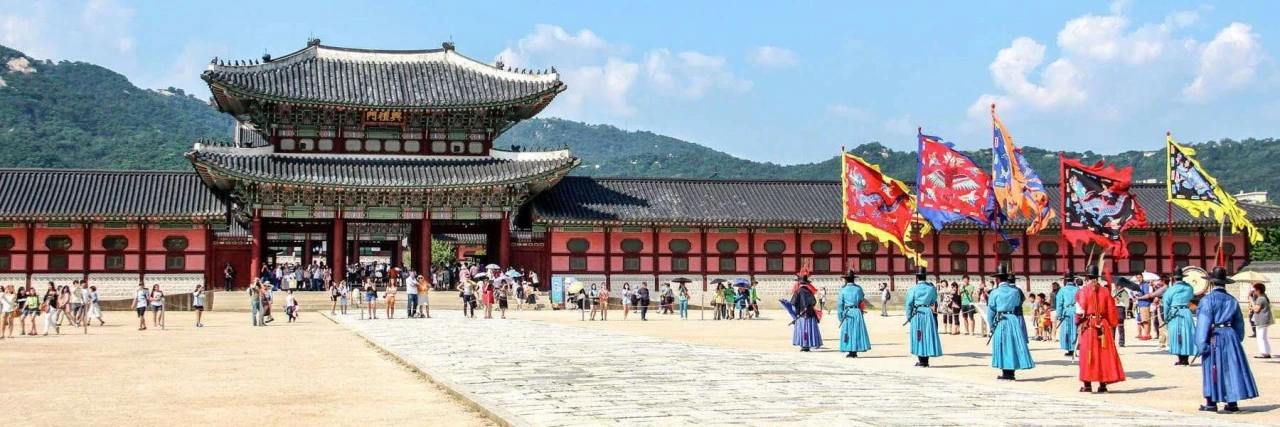 |
| Parade at Gyeongbokgung Palace, Seoul, South Korea. (Source: bordersofadventure.com) |
Some ancient villages in this country are like living pages of books, recording unique cultural features, from house architecture, customs to oral stories. This is how Koreans affirm that historical relics have the ability to "speak" to people living in today's world and turn them into cultural tourism assets.
Koreans pay great attention to introducing their unique customs and practices to foreign tourists. The introductions are very natural and practical, for example, when introducing Buddhism, tourists are taken to ancient temples, listen to sermons and spend the night in temples.
There, visitors will participate in temple activities such as sweeping the yard, visiting the living and dining areas of monks and nuns in the temple, and admiring spaces that recreate the daily life of ancient Koreans. Through these activities, foreign visitors will clearly feel the traditions of Korea.
Useful Korean solutions
The Korean government has always considered cultural heritage as a condition and environment for tourism development. In an effort to enhance the country's status and image, Korea has focused on implementing the "National Branding Initiative" through promoting cultural heritage in the tourism sector.
With the conservation viewpoint of "taking the old as the foundation to build the new", "the best way to preserve is to use it regularly", this country has ensured harmony between conservation and promotion of value, helping cultural heritages to be very effective in promoting traditional culture, enhancing the country's position in the international arena and contributing to economic development in general, tourism and service development in particular.
The land of kimchi also built a strict and systematic heritage conservation system, ensuring three goals: preserving the original state, systematically managing and effectively using the heritage. This system is a multi-level program, aiming to preserve and develop the country's cultural heritage.
Administered by the Cultural Heritage Administration (CHA), the program is based on the 1962 Cultural Heritage Protection Act, which has been continuously expanded and upgraded over the years to accommodate current realities. The laws cover not only tangible heritage such as architectural works and antiques, but also intangible heritage such as music, dance and traditional festivals.
To promote the value of cultural heritage, in Korea, programs such as “Cultural Heritage Park” for elementary school students help children access and learn about traditional cultural values.
Craft, culinary and festival classes are also held regularly, aiming to educate the younger generation about the importance of cultural heritage, creating connections between generations.
In addition, the Korean government has strengthened training and research on cultural tourism to improve the quality of the country's cultural tourism services and products, in addition to building research centers, practice centers, and schools specializing in cultural tourism.
The land of kimchi implements good financial policies for businesses as well as the field of heritage conservation and promotion.
Cultural tourism businesses, restaurants and hotels are provided with loans and financial support to improve service quality and develop new products such as traditional experiences, Korean cuisine, rail and cruise tourism.
Preserving historical relics not only brings cultural value but also has a positive impact on economic development. When relics are preserved and promoted, the number of visitors increases, creating revenue for the locality.
Tourism products combined with cultural heritage such as experience tours and traditional culinary programs not only attract tourists but also create jobs and increase income for local people. This shows that preserving cultural heritage and developing the economy can go hand in hand, bringing benefits to both the community and the national economy.
Korea has implemented many restoration campaigns, such as renovating the area around Gyeongbokgung Palace and developing tourist information centers at relics. These efforts not only help maintain heritage values but also create a favorable environment for tourists to experience culture and history.
Cultural events promoting the country's unique culture, such as the Seoul Light Festival, Jinhae Peach Blossom Festival, Busan Art Festival, Boseong Tea Festival and Pyeongchang Mushroom Festival, are regularly held. The Busan Art Exhibition and the Korean Kimchi Festival not only attract tourists but also contribute to raising awareness of the cultural value of heritage.
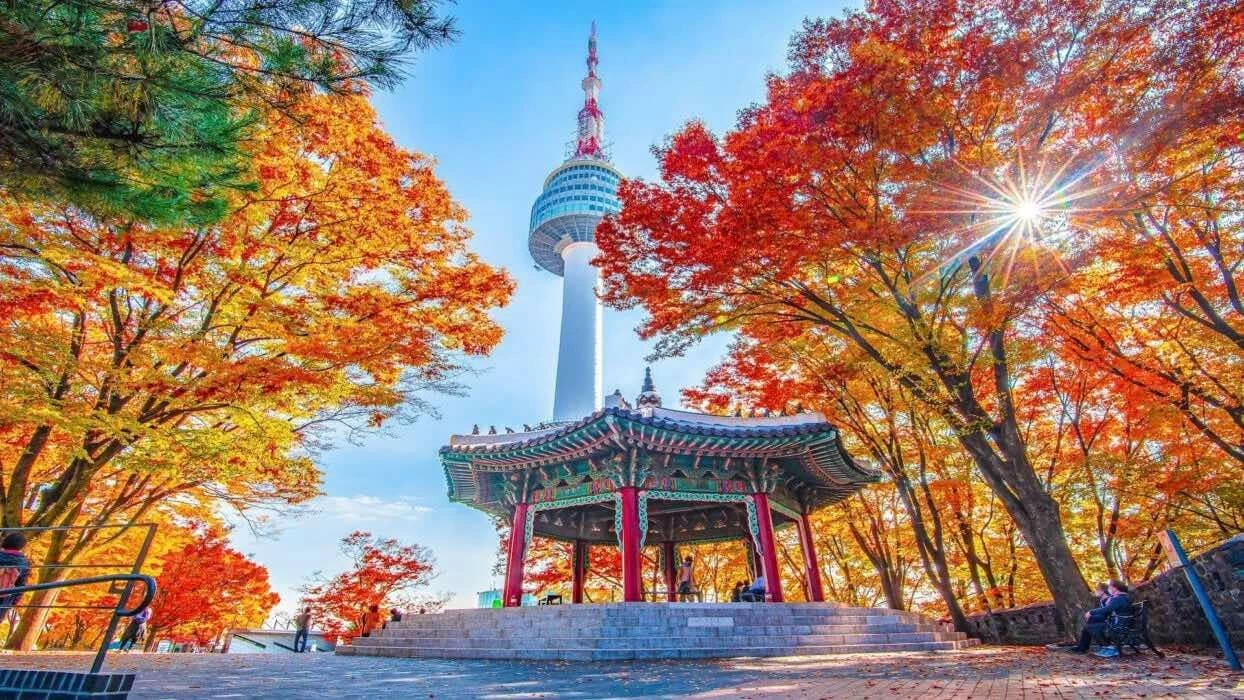 |
| Namsan Tower - symbol of love. (Source: agoda.com) |
Nowadays, some villages in Korea have become attractive destinations. There, families with many generations living there are conscious to preserve local cultural values to attract tourists.
The Korean government periodically organizes local events to raise social awareness, helping people understand the value of what they have, and to honor and be strict in dealing with the nation's heritage.
In addition, government and non-profit cultural heritage education and promotion programs actively engage communities in restoring traditional practices and ensuring they are passed down through generations.
Schools are increasingly incorporating local history and traditional arts into their curriculum, fostering a sense of pride and understanding among young people. Some programs such as Cultural Heritage Park (Educational Program for Elementary School Students); Cultural Heritage Dreamers and Performances (Educational Program for Middle and High School Students)… are currently very attractive to Korean teenagers.
In addition, through the media, people's awareness and love for heritage are enhanced. Some competitions on composition, writing reports on activities related to heritage conservation... are also invested by the government.
Korea also places a strong emphasis on transmission and continuity. The Korea Cultural Heritage Foundation supports youth education programs and provides professional training to nurture teachers specializing in traditional crafts and cultural heritage to pass on to the next generation.
Along with that, the Promoting the application of technology in promoting heritage values associated with tourism is utilized to preserve and restore heritages, such as: technology like 3D scanning, virtual reality (VR) and augmented reality (AR).
Virtual museums, online classes and social media campaigns allow for a wider dissemination of traditional knowledge. For example, online Korean cooking classes have become extremely popular, allowing people around the world to explore the complexities of Korean cuisine. This not only helps to preserve heritage in a sustainable way but also creates a new and engaging experience for visitors.
Source: https://baoquocte.vn/bao-ton-phat-huy-di-san-van-hoa-gan-voi-phat-trien-du-lich-bai-hoc-kinh-nghiem-tu-han-quoc-292054.html



![[Photo] Closing ceremony of the 18th Congress of Hanoi Party Committee](https://vphoto.vietnam.vn/thumb/1200x675/vietnam/resource/IMAGE/2025/10/17/1760704850107_ndo_br_1-jpg.webp)
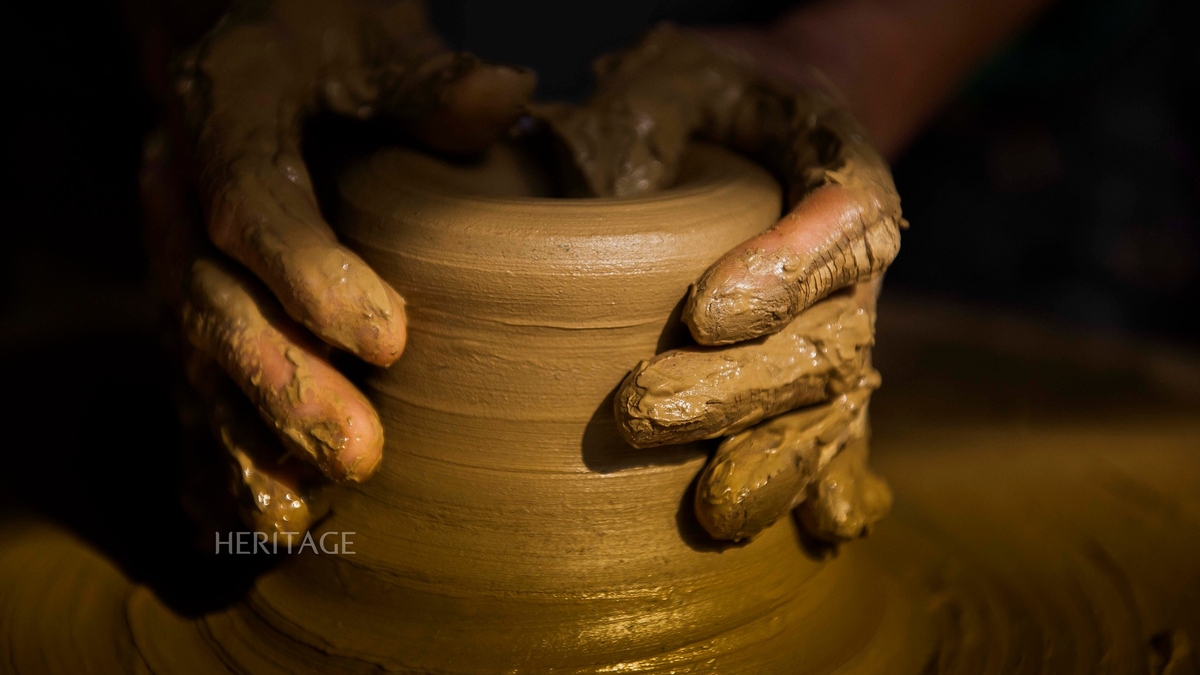





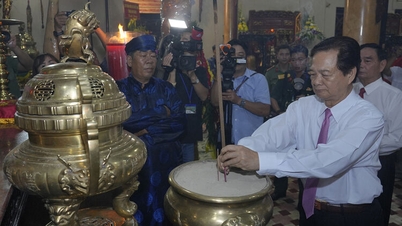




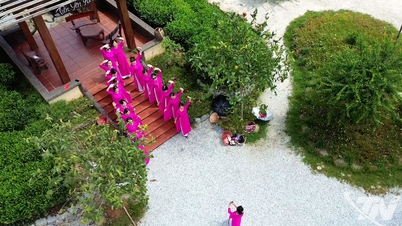

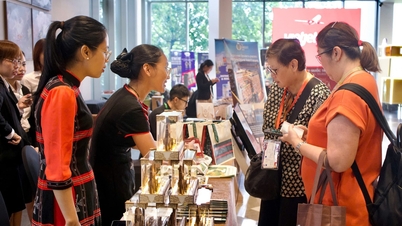

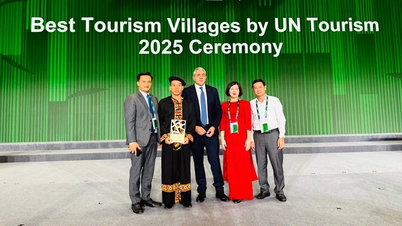

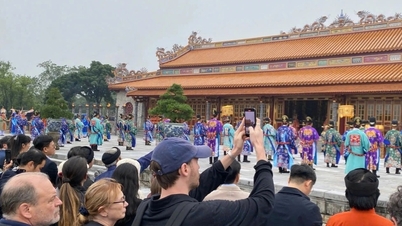

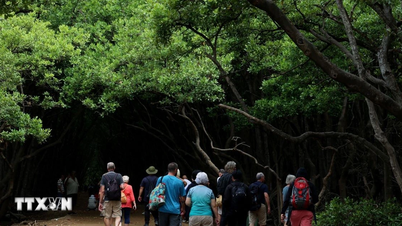



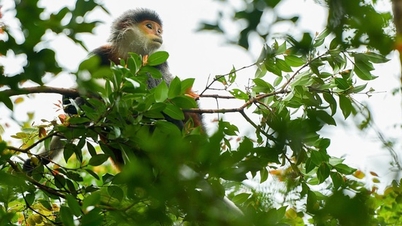
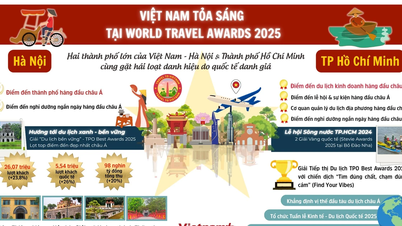






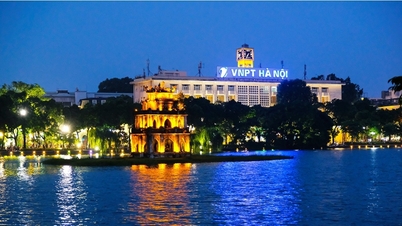
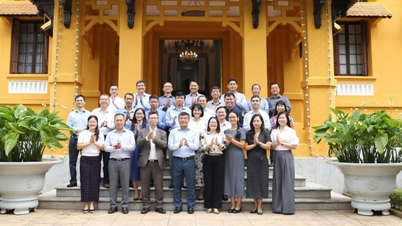


![[Photo] Nhan Dan Newspaper launches “Fatherland in the Heart: The Concert Film”](https://vphoto.vietnam.vn/thumb/1200x675/vietnam/resource/IMAGE/2025/10/16/1760622132545_thiet-ke-chua-co-ten-36-png.webp)


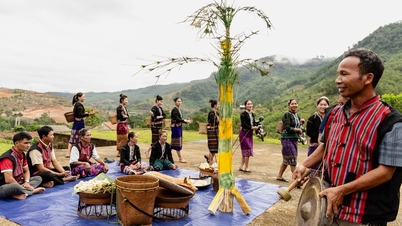



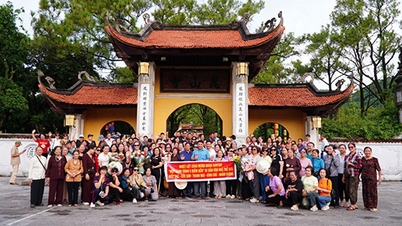







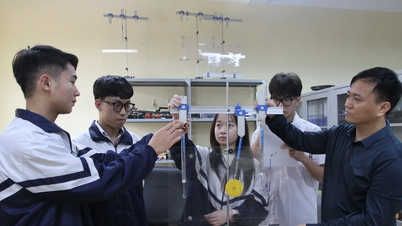






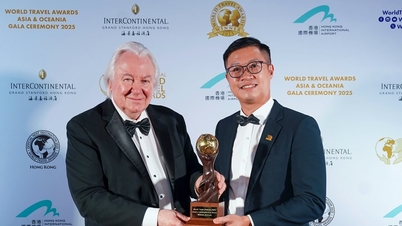


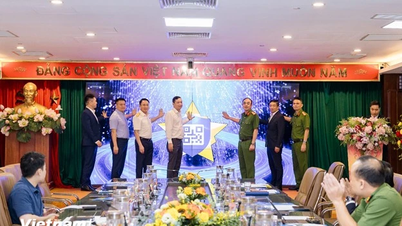
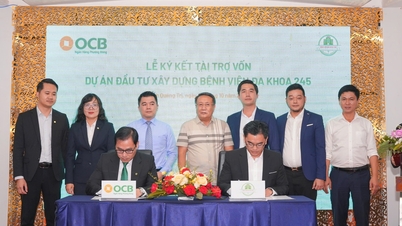

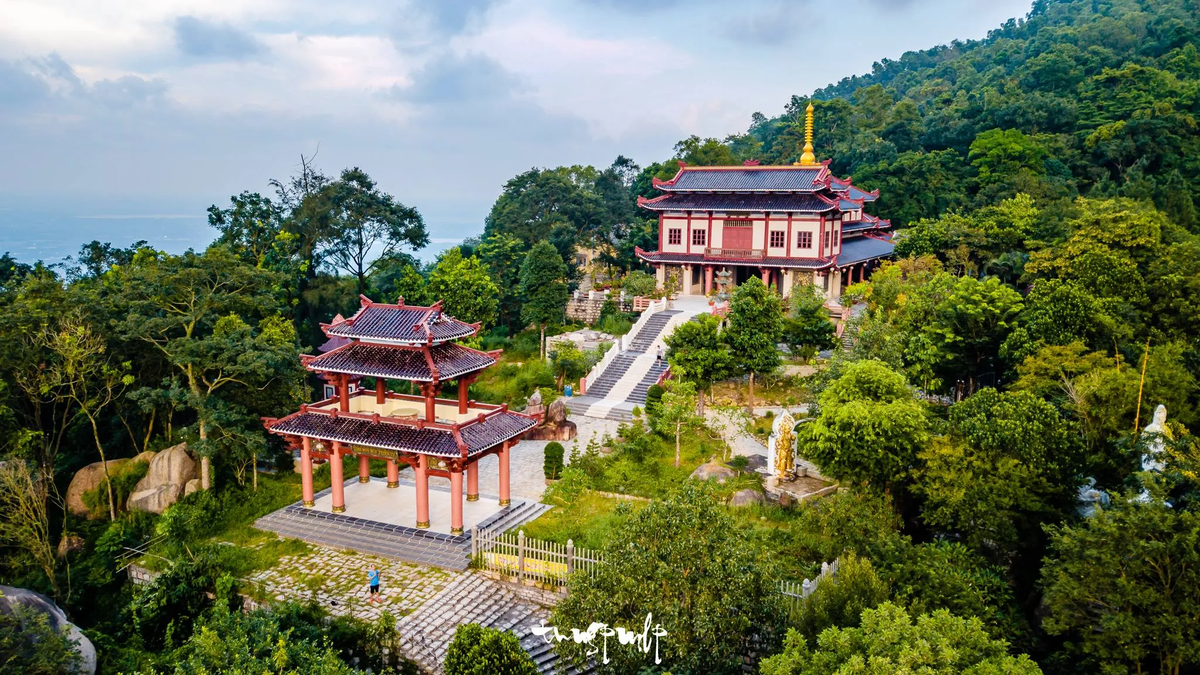
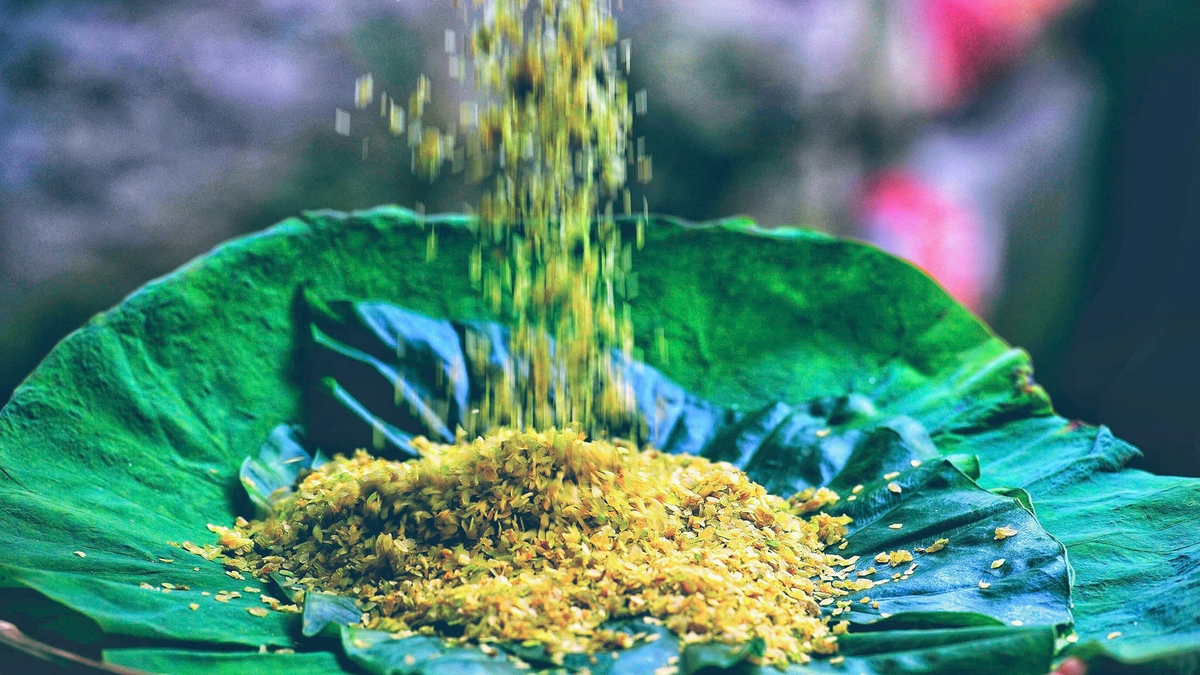











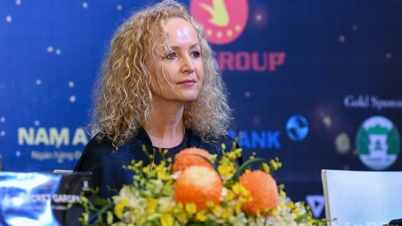
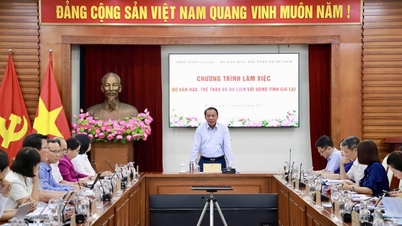

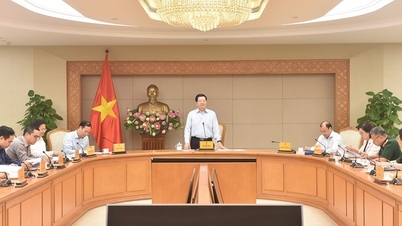

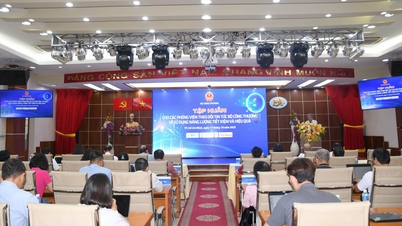



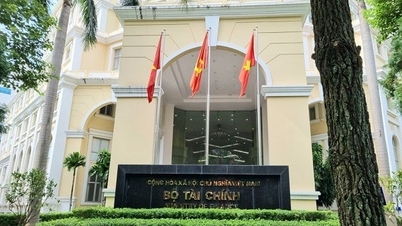

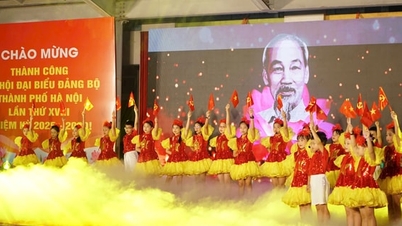

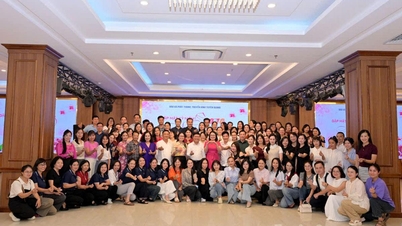

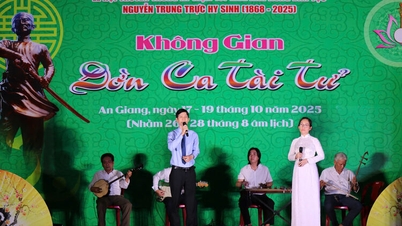
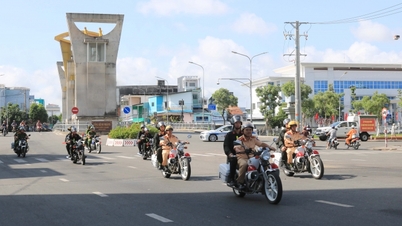




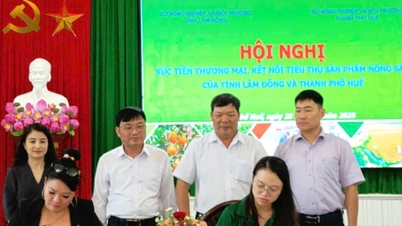

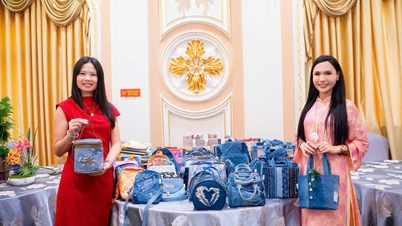


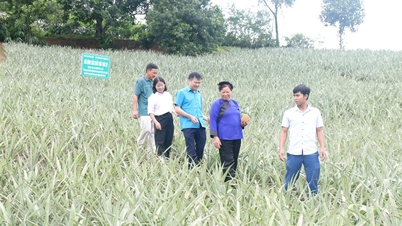





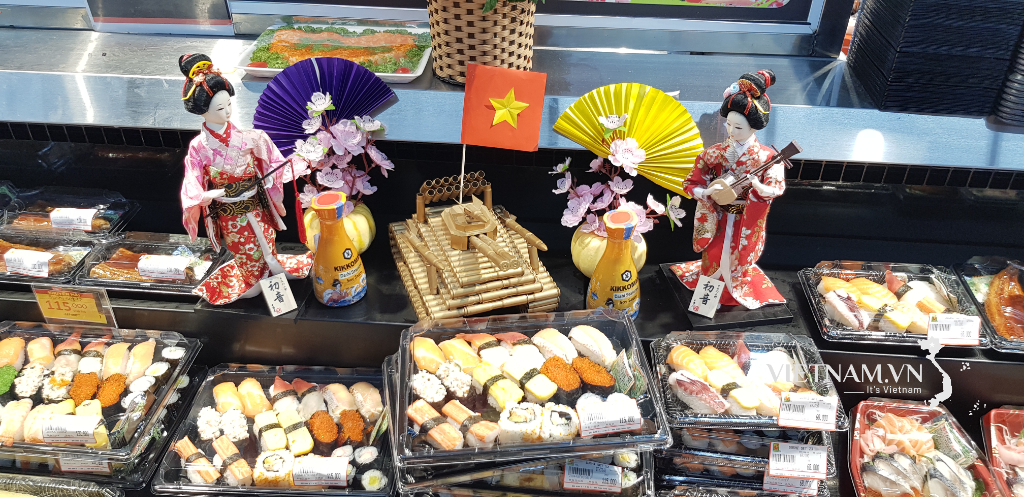
Comment (0)